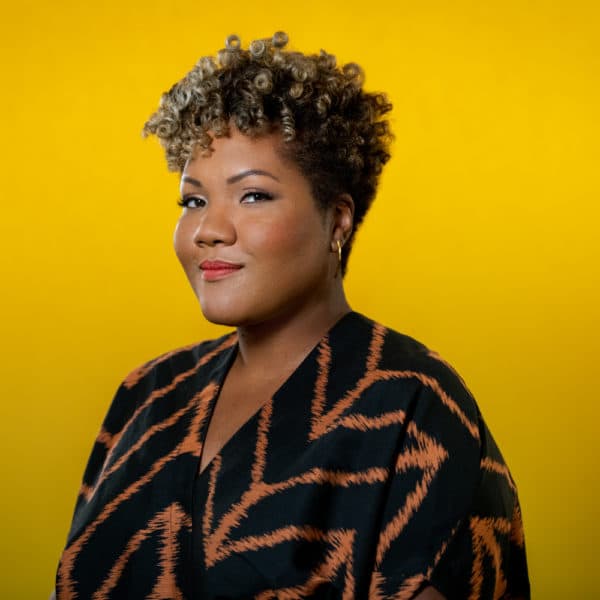Advertisement
Cross Colours Exhibit Brings Back 'Clothing Without Prejudice'
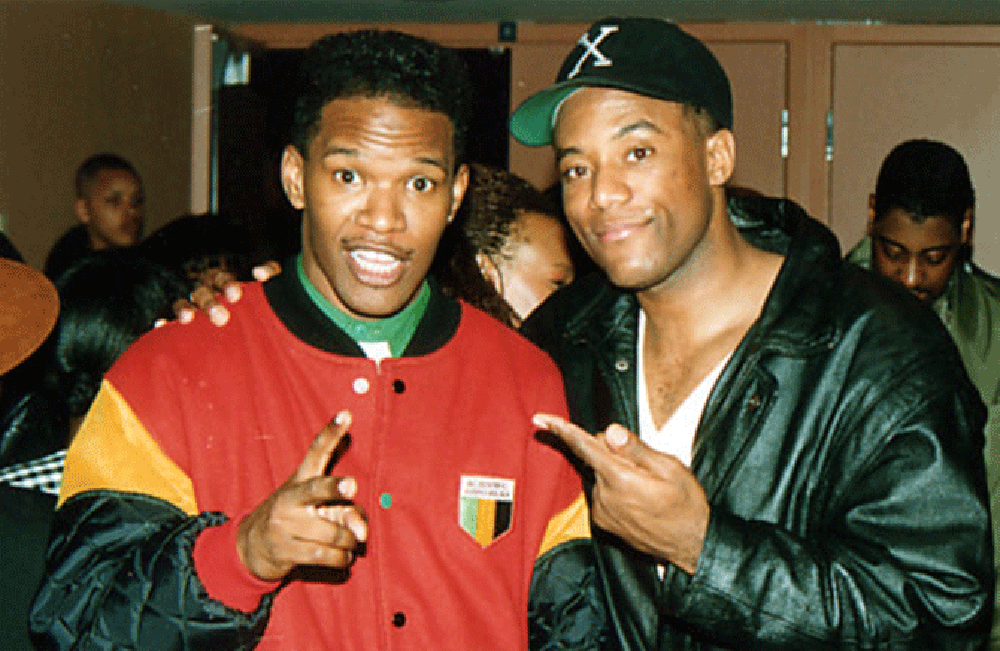
Cross Colours: Clothing Without Prejudice emerged during the late ‘80s and early ‘90s — and came to define the look of the era.
From Will Smith on “The Fresh Prince of Bel-Air” to the stars of “In Living Color,” it seemed that everyone was wearing the oversized shirts and shorts plastered with big, bright colors — yellow, green, red and blue.
Cross Colours started 30 years ago — and it’s making a comeback. The clothing company is the focus of an exhibition at the California African American Museum in Los Angeles called “Cross Colours: Black Fashion in the 20th Century.” Bruno Mars and Cardi B even performed in Cross Colours style at last year’s Grammy Awards.
The clothing brand was founded by designers Carl Jones and Thomas “T.J.” Walker in 1989. Walker says the idea behind Cross Colours was to unify the African American community at a time when people were divided by gangs, drugs and police mistrust. The pair originally wanted to call the brand Cross Cultures, but they realized that name was already taken.
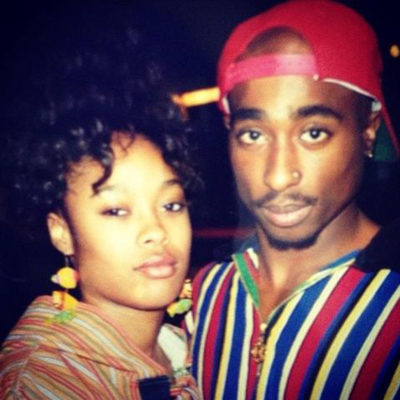
“We started with the name Cross Cultures because we really wanted something to be inclusive, and we wanted to identify with the culture,” Walker says. “And because we had done so much branding and so much design work based on the two Cs, we decided to do Cross Colours.”
The name change was actually a better fit for the meaning behind the brand, Walker says.
“The gangs themselves were identified by colors,” he says. “And we wanted to do something that kind of dissolved that and kind of unified that too.”
Walker and Jones were also inspired by what people were actually wearing on the streets back then, often taking trips to New York for research.
“They were dressing with the hoodies and the pants ... these big pants, oversized,” Walker says. “They would be a size 30, and they'd have on a size 36 pant, and it would be all belted but the waist didn't fit. So we decided we would actually do something that actually helped to support that.”
Advertisement
Walker says he’s overwhelmed by how the message behind the brand continues to have an impact today.
“We started with saying that we wanted to focus on things like education and unity, and our tagline itself, which we still use today — clothing without prejudice — is really the DNA of the brand,” he says. “Not just people of color but people all over should actually learn how to see from the eyes of others, basically, because I think we don't do that enough.”
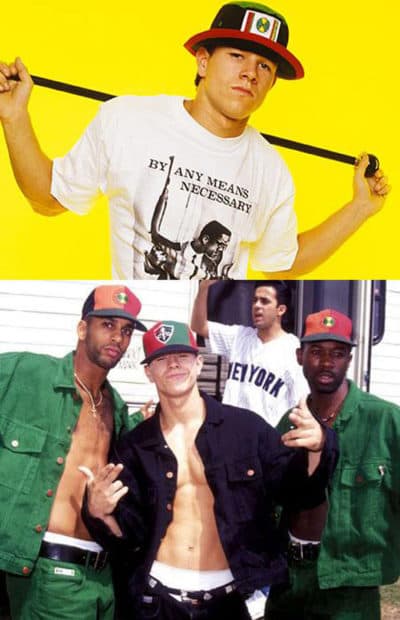
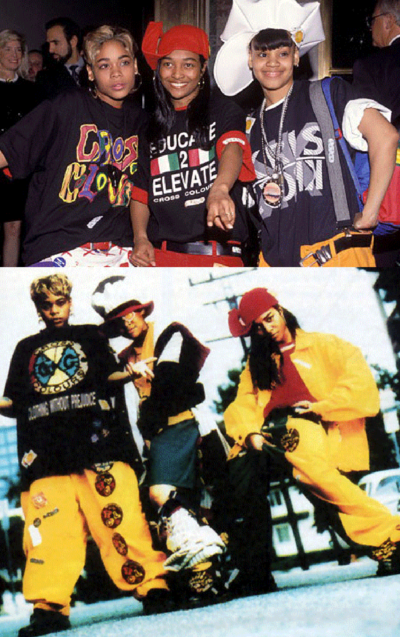
Marcelle Hutchins produced and edited this interview for broadcast with Kathleen McKenna. Samantha Raphelson adapted it for the web.
This segment aired on October 15, 2019.
